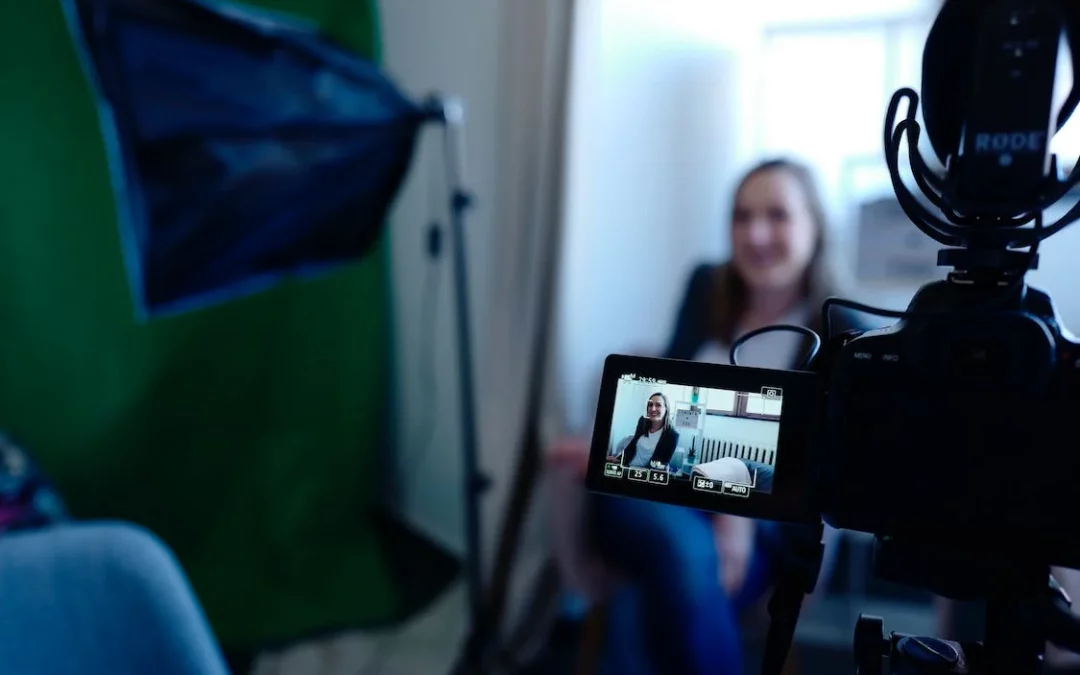Part of our research toolkit here at Perspectus Global is the qualitative interview. A qualitative interview is a research approach involving personal interaction which allows for the gathering of detailed in-depth information from the participant.
Qualitative interviews usually involve follow-up questions and are conducted in a conversation or discussion format. The interviews are a good way to gain deeper understanding of people’s experiences, perceptions, and behaviours.
The quality of information can put meat on the bones of your research project and sometimes reveals different routes to take, finding issues, challenges or opportunities that simply weren’t visible from your quantitative research.
However, conducting qualitative research interviews is no easy task, and it’s there are some important guidelines to follow to make sure you are maximising the opportunity of talking to a participant.
Here are our seven golden rules to conducting a successful qualitative interview:
1. Preparation prevents petering out
To a certain extent, you need to know what you need to achieve in the interview. You don’t need to have all the details nailed down, but need an idea of the topics you want to explore. A discussion guide is therefore essential. Familiarise yourself with your subject and the findings you have so far gathered, and make a plan of the topics you want to cover. This will ensure you cover all the ground you need to, and will avoid the conversation grinding to a halt.
2. Don’t be too rigid
Discussion guides should only be guides. It’s important to let yourself be led down the roads of conversation to a certain extent. You’ll never find out any exciting new information if you’re so structured you don’t let your subjects speak openly. You also want to ensure that your participants think you’re working with them towards a shared goal, rather than pushing them towards a target.
3. Listen
This sounds so very basic but is actually harder than you think. There is a lot going on during a conversation. All the while, you want to maintain eye contact, nod, and agree or disagree as well as formulate your next question. It can take some real practice to get all the moving parts together while continuing to listen to what is being said.
4. Be open ended
The phrases: “Tell me about”, “How do you feel about” and “Can you give me a bit more about that” are your friends. You don’t want “yes” or “no” answers (unless you want a very specific answer). You want your subject to be able to think, even ramble a little while thought takes shape.
5. Shut up!
The hardest part of any interview is remaining quiet if an interviewee is thinking. Human beings are hardwired to loathe silence. And yet sometimes you need to be able to be quiet so you are not leading the conversation. This is useful for more than qual interviews – it’s a great technique to get the most out of people in many situations.
6. Don’t be afraid to go back
Regardless of what we’ve said, an interview is not a conversation. If you hear something which only resonates with you as you carry on, you can to go back to it. The phrases here to use are: “Looping back to…” or “Can you tell me a bit more about…”
7. Analyse this
In the year 2024, it’s generally accepted that you will be recording conversations – but ensure that you ask the participant consent, nonetheless. Then transcribe and analyse. Use thematic coding, content analysis and whatever software you like to identify patterns, themes and connections.
There’s more we could add here – a lot more. But instead of getting into the weeds, why not ask people with years of experience to help you? Contact us at info@perspectusglobal.com
